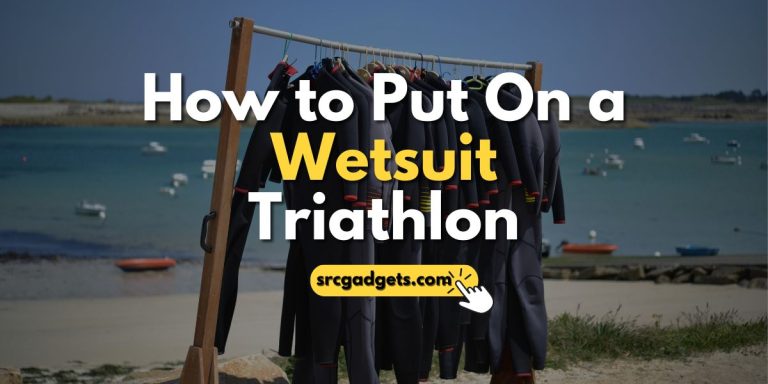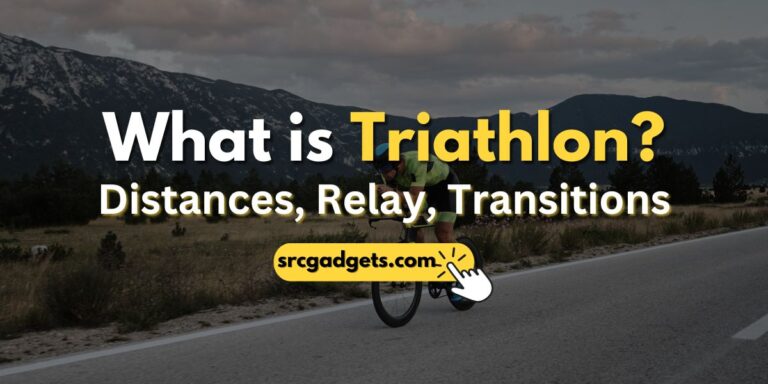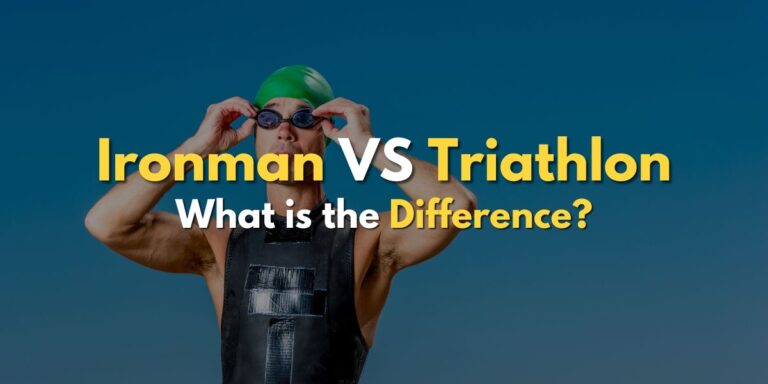Do Triathletes Wear Socks?
Remember those days when breaking into a new pair of shoes meant certain blister agony? Well, the early days of triathlons weren’t much different. In those beginnings, many brave souls opted to go sock-less, driven more by determination than by fancy gear.
As triathlons gained popularity and events like the Ironman World Championship made headlines, the focus shifted to optimizing performance through gears and pondering one of the odd questions of whether triathletes wear socks. That’s where the triathlon footwear game started evolving.
Athletes began experimenting with various sock types to find the perfect balance between comfort and speed. From old-school cotton socks to today’s ultralight, moisture-wicking wonders, the journey of triathlon footgear has been quite the ride.
Therefore, to cover this, I’ll dive into the history, weigh the pros and cons, and even chat with a few seasoned triathletes to get their take. Sound good? Let’s get started and explore the fascinating realm of triathlons and sock choices.
Why Do Triathletes Wear Socks Anyway?
Now, you might be wondering, “Why on Earth would someone bother with socks during a triathlon?” It’s a fair question. Let s look into the reasons.
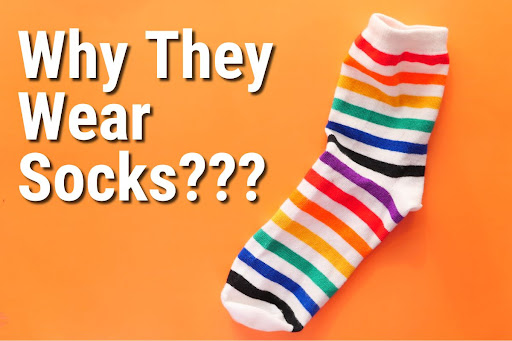
1. Comfort:
Imagine running a marathon after cycling and swimming in the Ironman Championship, all without the cushiony embrace of socks. Not a cozy thought, right? Well-fitted running socks can work wonders for your comfort.
2. Blister Prevention:
Nobody likes blisters they’re like tiny wreckers to your race. Socks, particularly running ones, reduce the friction between your foot and shoe. Less friction means fewer blisters.
3. Moisture Management:
Ever heard of an athlete’s foot? Trust me, it’s not an exclusive club you want to join. Tri suits and modern socks, often made of high-tech materials, whisk away moisture, keeping those fungal infections at bay.
4. Performance Boost:
Some triathletes are big fans of compression socks. They claim these socks improve circulation, reduce muscle fatigue, and enhance performance. Whether you’re a compression enthusiast or not, a well-chosen sock can give your race day a little extra zing.
What Triathletes Say About Socks
Now, here’s where things get juicy. Let’s hear from a couple of seasoned triathletes about their sock choices.
Meet Sarah, an Ironman conqueror. She used to be all about that sock-less life until a brutal blister struck during her first triathlon. Now, she swears by ultralight socks and has a particular fondness for 2XU compression socks.
On the flip side, there’s Jake, a five-time Ironman contender. He’s all about that natural feel, opting to go sock-less. However, he’s a firm believer in footpowder to keep things dry and comfy.
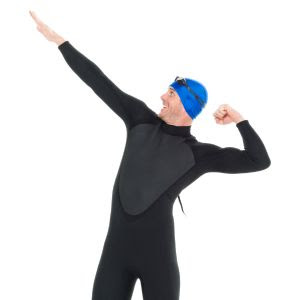
The Drawbacks of Sock-Wearing
Why, then, don t all triathletes wear socks if they have all these advantages? Well, the world of triathlons is as diverse as they come, and socks come with their own set of drawbacks.
1. Time Consumption:
In the triathlon world, every second counts. Transitioning from swimming to biking and then to running can be lightning-fast, and putting on socks adds a precious layer of complexity. Let’s be honest; getting a wet foot into a sock isn’t the most elegant maneuver.
2. Wet Sock Woes:
Speaking of wet feet, trailing around in damp socks isn’t the best feeling. If your transition area doesn’t offer the luxury of dry feet, you might be stuck with water-logged socks. Trust me, and it’s not a pleasant sensation.
3. Wetsuit Struggles:
Triathlon wetsuits are expertly crafted for sleekness and hydrodynamics, ensuring minimal water resistance. Add socks to the mix, especially taller compression ones, and things can get tricky. Wrestling with a wetsuit over your socks might make you feel like you’re in a never-ending battle.
4. The “Natural Feel” Argument:
Some triathletes, especially those who train barefoot or in minimalistic shoes, argue that socks diminish the natural feel of their foot-to-shoe connection, particularly during cycling.
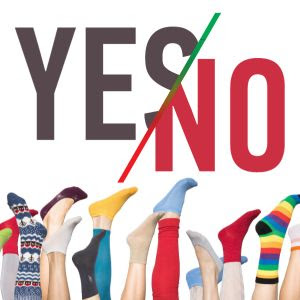
So, To Sock or Not To Sock?
After delving into the history, benefits, and drawbacks, you might be wondering, “Should triathletes wear socks?” Well, there’s no one-size-fits-all solution. It’s a deeply personal choice.
Your best bet? Experiment during your triathlon training. Try out different types of socks ultralight, compression, no-show or even go sock-less if you dare. Pay attention to your comfort, transition time, and overall performance.
Triathlons embrace individual preferences. Whether you’re sporting high-tech triathlon socks or letting your toes breathe free, the choice is yours.
Wrapping Up
The journey of socks in the world of triathlons is a captivating tale. From the early days when gear was an afterthought to today’s advanced triathlon clothing options, socks have found their place in the hearts (and on the feet) of many triathletes. However, they’re not for everyone.
Some swear by the comfort and blister protection, while others opt for the raw, sock-less connection. Remember, at the core of triathlons lies the spirit of challenging yourself and having a blast. Whether you’re team socks or team barefoot, lace up (or don’t), hit the road, and create some waves!
So, happy racing, folks! And may your feet, whether cloaked in socks or reveling in freedom, carry you to victory.
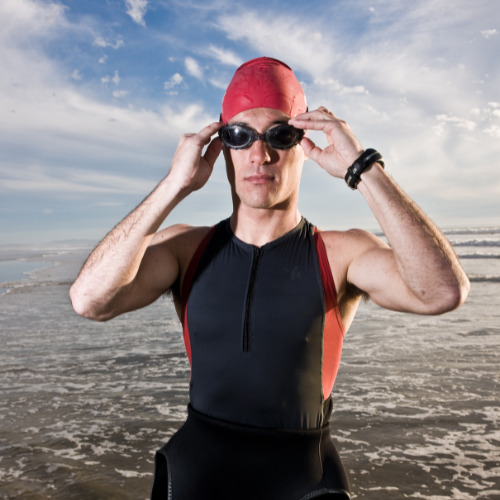
Eric Jordan
I am a writer by passion and a triathlete coach profession. In his free time, he swims, runs, cycles, and helps newbie athletes to achieve their goals.

